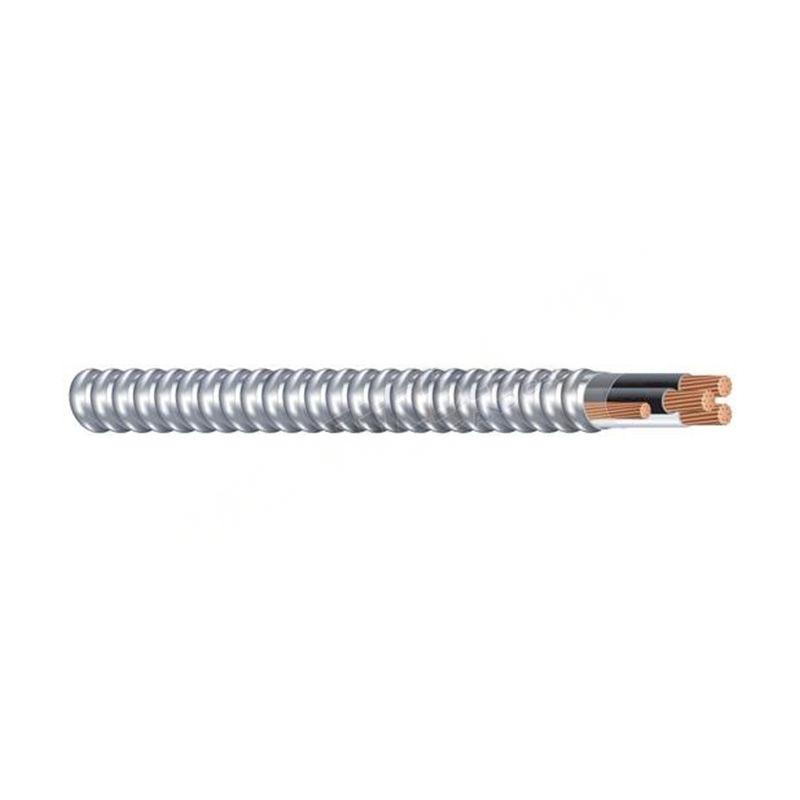Pro . 03, 2024 14:37 Back to list
low pressure check valve
Understanding Low Pressure Check Valves Functionality and Applications
A low pressure check valve is a crucial component in various fluid systems, designed to allow fluid to flow in one direction while preventing backflow. These valves are particularly essential in applications where maintaining low pressure is critical, such as in hydraulic systems, industrial processes, and plumbing fixtures. This article explores the functionality, types, and applications of low pressure check valves, highlighting their importance in maintaining system integrity and efficiency.
Functionality of Low Pressure Check Valves
The primary function of a low pressure check valve is to ensure that fluid cannot flow backward in the system, which could potentially lead to dangerous situations or system failures. When fluid flows in the intended direction, it pushes against a disc or ball within the valve, allowing it to open and permit flow. When the pressure drops or attempts to reverse, the disc or ball is forced back against the valve seat, sealing the opening and preventing any backflow.
This one-way flow mechanism is vital in systems where backflow could lead to contamination, loss of pressure, or damage to components. Low pressure check valves are typically designed to operate under specific pressure ranges, distinguishing them from standard check valves that may operate effectively at higher pressures.
Types of Low Pressure Check Valves
Low pressure check valves come in various designs, each suited to specific applications
. Some common types include1. Swing Check Valve This type features a hinged disc that swings open with flow and closes against a seat when flow reverses. It's ideal for liquid applications with low flow resistance.
2. Lift Check Valve In this design, a disc is lifted off its seat by fluid flow and then returned to the seat by gravity or spring action during backflow. This type is often used in vertical applications.
low pressure check valve

3. Ball Check Valve A ball check valve uses a spherical ball that sits on the valve seat. When fluid flows in the correct direction, the ball is lifted, allowing flow. When the pressure reverses, the ball drops back into place to prevent backflow.
Applications of Low Pressure Check Valves
Low pressure check valves are used across a broad range of industries and applications. Some notable uses include
- Water Supply Systems In municipal water distribution, these valves prevent backflow from occurring, which is crucial for maintaining water quality.
- Pneumatic and Hydraulic Systems Low pressure check valves help maintain pressure in pneumatic and hydraulic systems, preventing fluid from draining back and ensuring consistent operation.
- HVAC Systems In heating, ventilation, and air conditioning systems, they prevent refrigerant from flowing backward, which is essential for efficiency and system longevity.
- Industrial Processes Many manufacturing processes rely on low pressure check valves to ensure the unidirectional flow of materials, thus preventing contamination and loss of product integrity.
Conclusion
In conclusion, low pressure check valves are indispensable in various fluid systems, ensuring efficient, safe, and reliable operation. Their ability to prevent backflow protects not only the integrity of the system but also the quality of the fluids being managed. Understanding their functionality and applications enables engineers and technicians to select the right type of check valve for their specific needs, further enhancing system performance and safety. Whether in plumbing, industrial processes, or HVAC systems, low pressure check valves play a pivotal role in fluid management, making them vital components in modern engineering.
Share
-
Reliable Wafer Type Butterfly Valves for Every IndustryNewsJul.25,2025
-
Reliable Flow Control Begins with the Right Ball Check ValveNewsJul.25,2025
-
Precision Flow Control Starts with Quality ValvesNewsJul.25,2025
-
Industrial Flow Control ReliabilityNewsJul.25,2025
-
Engineered for Efficiency Gate Valves That Power Industrial PerformanceNewsJul.25,2025
-
Empowering Infrastructure Through Quality ManufacturingNewsJul.25,2025


